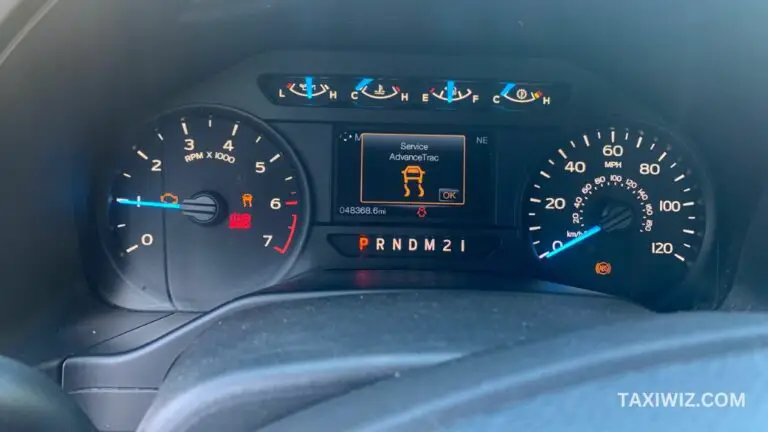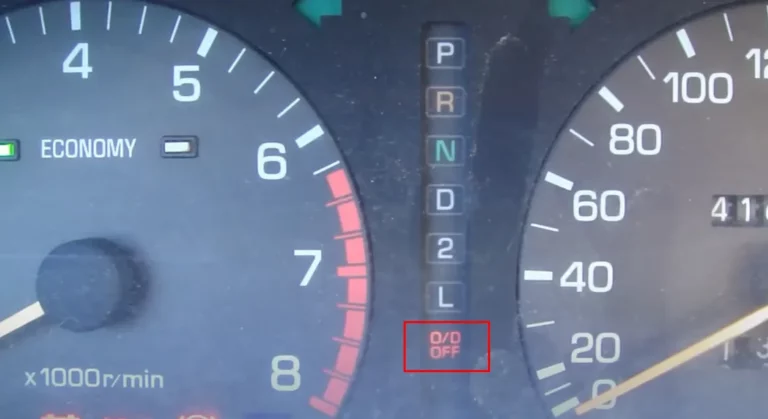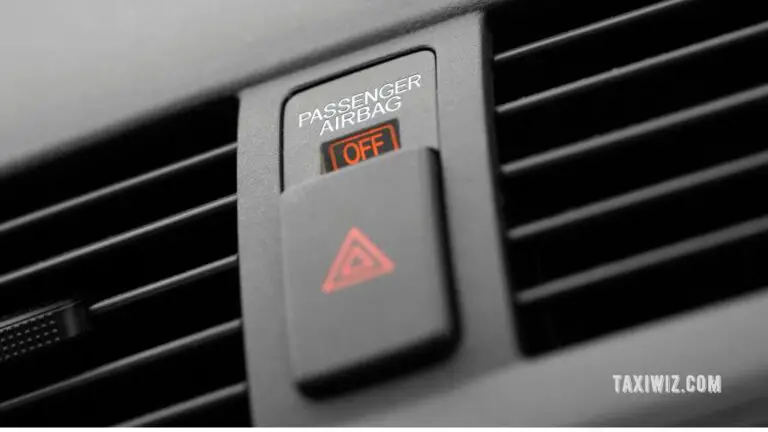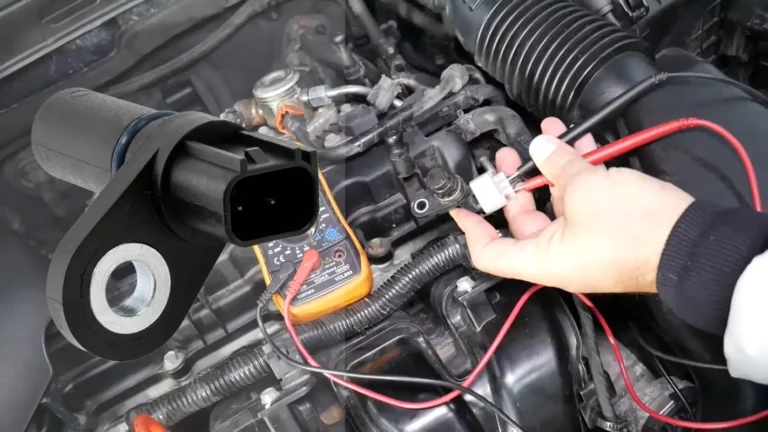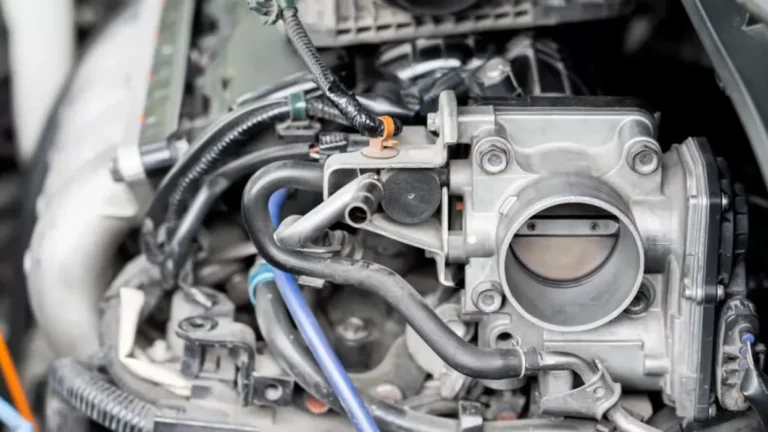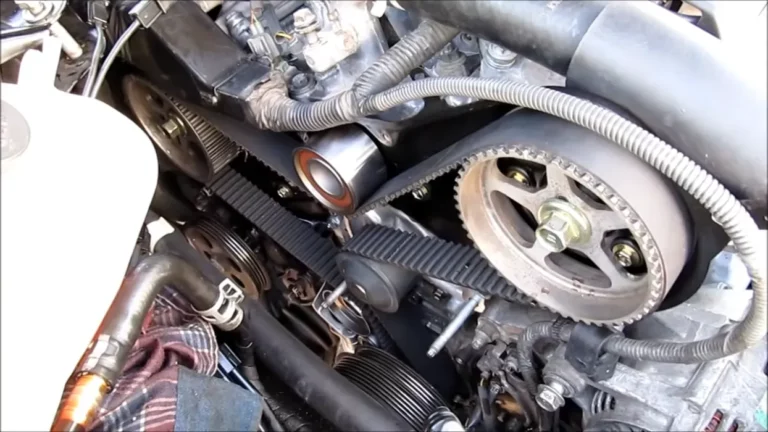What is the Location of the Transmission Shift Solenoid in My Car?
An automated transmission system must have the transmission shift solenoid. It is a valve that is electronically controlled and aids in controlling the transmission’s fluid flow.
Automatic transmissions in cars enable quick shifting and smooth gear changes. The transmission shift solenoid, a crucial part, is located in the heart of the transmission systems. But where is this crucial solenoid truly located?
In this article, where is the transmission shift solenoid located will be discussed along with some other related things.
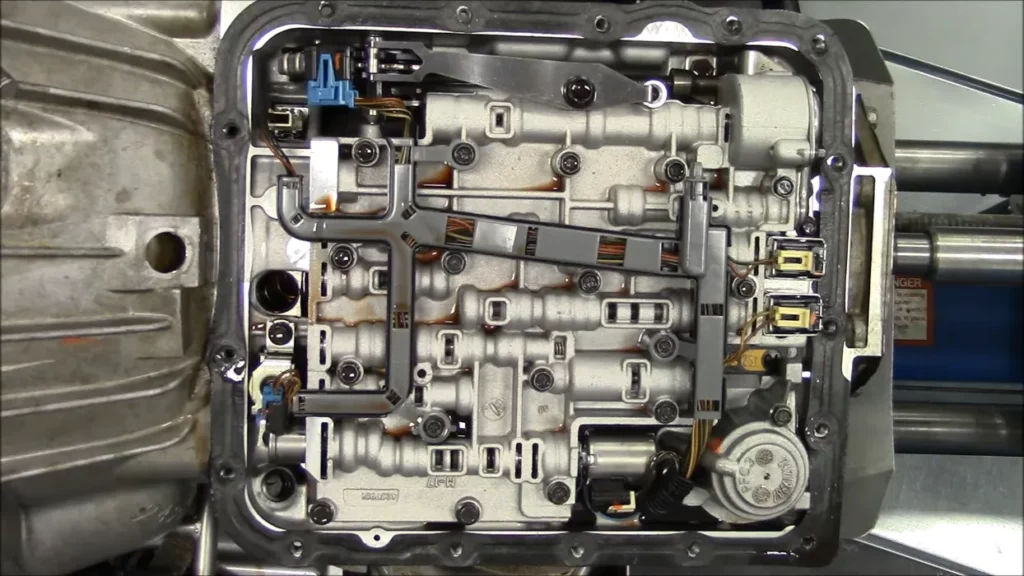
Where is the Transmission Shift Solenoid Located?
Depending on the model of the car, the placement of the transmission shift solenoid might change. The shift solenoids are often positioned on the valve body or the transmission control unit within the transmission casing.
The transmission’s underside is where you’ll find the shift solenoid. To reach the solenoid, the transmission pan that is there must be removed. The transmission filter and fluid are located in the transmission pan.
The transmission pan is fastened with bolts. The valve body, which houses the shift solenoids, may be reached once the pan has been taken off.
It’s crucial to remember that the precise placement of the shift solenoid might vary based on the layout of the particular car.
Multiple shift solenoids may be present in some cars, and they may be positioned on various valve body sides or regions. To reach the shift solenoids, disassembly or component removal may be necessary for some transmissions.
How to Identify the Transmission Shift Solenoid?
Transmission shift solenoids are typically compact, cylinder- or rectangle-shaped, metal- or plastic-based objects. Look for these features to correctly identify a transmission shift solenoid:
- Shift solenoids generally have a modest, compact design. Depending on the design and use, they come in lengths ranging from a few inches to a few millimeters.
- Electrical connections on shift solenoids enable them to receive signals from the TCM or ECM. These connections, which often have wires linked to them, are found on the solenoid’s one end.
- Shift solenoids frequently come with mounting components like bolt holes or brackets.
- The electromagnetic coils, plunger mechanisms, and valves of the solenoid regulate the transmission fluid’s flow. Together, these elements operate to open or restrict particular routes.
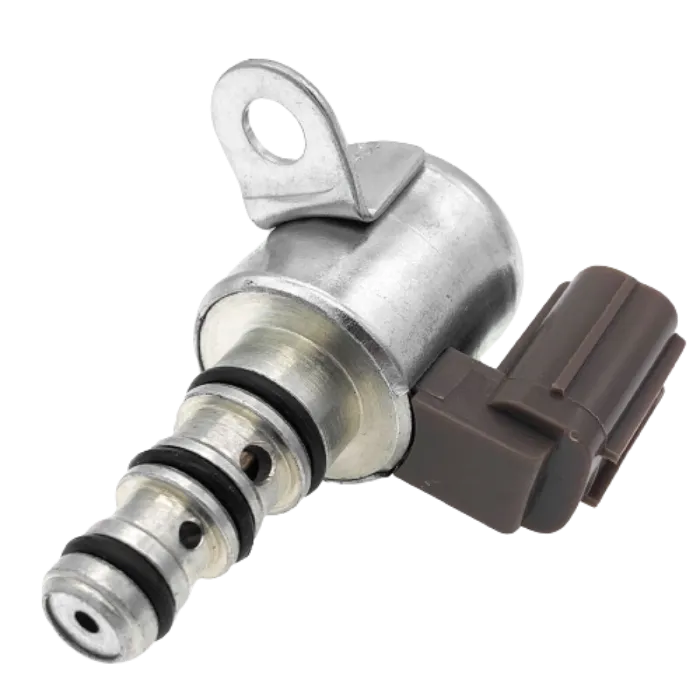
Functions of the Transmission Shift Solenoid:
The transmission shift solenoid is an integral part of a car. Here are the main functions of the component:
- Gear Shifting: The shift solenoid is in charge of managing how certain transmission gears engage and disengage. When a gear change is required, the computer system of the car sends signals to this device.
- Timing of Gear Engagement: The shift solenoid aids in timing the engagement of the gears during shifts. The clutches and bands engage and disengage at the proper times thanks to the transmission fluid flow regulation. This also prevents excessive slippage or violent gear shifts.
- Traction Control: The solenoid can aid in maximizing traction and stability, particularly in slick circumstances or when quick acceleration is necessary. It does this by controlling the application of torque to the wheels during gear shifts.
- Function of the Overdrive Gear: In transmissions featuring an overdrive gear, the overdrive engagement may be managed by a separate shift solenoid.
- Diagnostic Function: The shift solenoid has a diagnostic function as well. It frequently includes sensors incorporated in that give the transmission control module input on how well it is functioning.
This data can be utilized to identify flaws or irregularities in the solenoid’s operation.
Related Post: Oil Leak between Engine and Transmission (Causes & Solutions)
What Are Some Signs of a Faulty Transmission Shift Solenoid?
Automatic transmission’s regular operation might be seriously hampered by a broken transmission shift solenoid. When it fails, this tiny but essential part can display a variety of symptoms. Here are the common ones:
- Uneven gear shifts and other erratic shifting patterns are typical symptoms of a bad shift solenoid.
- Another sign of a problem is delayed engagement. If this happens, the transmission takes longer to change into gear after choosing it.
- The transmission may become stuck in one gear as a consequence of a broken shift solenoid. This reduces the vehicle’s acceleration and speed.
- Additionally, warning lights on the dashboard may come on if the transmission control module detects inappropriate gear ratios.
- A defective solenoid can result in transmission slippage, which is when the engine’s RPM rises without a commensurate rise in speed.
It is crucial to solve these problems right away. Continuing to utilize a malfunctioning shift solenoid might cause more transmission damage or overheating.
How to Troubleshoot the Symptoms of a Faulty Transmission Shift Solenoid?
Following are the common procedures to fix a faulty transmission shift solenoid:
1. Diagnosis
A correct diagnosis is essential to determining whether or not the shift solenoid is broken.
If the shift solenoid is the source of the transmission problems, you have to utilize diagnostic equipment. Collect error messages from the car’s computer system, make visual inspections, and run tests.
2. Replacement
After the malfunctioning shift solenoid has been located, it must be changed. Depending on the architecture of the vehicle, removing additional parts may also be necessary in order to gain access to the solenoid.
3. Replacement of the Transmission Fluid and Filter
While the transmission pan is being removed, this is a good opportunity to change the transmission fluid and filter.
By ensuring clean fluid circulation throughout the transmission system, this step lowers the danger of contamination and improves efficiency.
4. Reassembly and Testing
After changing the shift solenoid, put the transmission parts back together while paying close attention to the torque requirements. Fill the transmission with the proper type and amount of fluid.
Related Post: Can A Transmission Go Out Without Warning?
Frequently Asked Questions FAQs
Can I get to the solenoid for the transmission shift from under the hood?
– In most cases, it is not possible to access the transmission shift solenoid from under the hood.
Can I change the shift solenoid on the transmission by myself?
– A hard procedure requiring specialist knowledge and equipment is replacing the transmission shift solenoid. For safety and accuracy, it is often advised to have the replacement done by a qualified mechanic.
How much time is required to replace a damaged shift solenoid?
– The replacement process may take 2-4 hours to complete.
Should a bad shift solenoid be replaced or repaired?
– A defective shift solenoid is typically too damaged to be fixed; it must be replaced instead.

